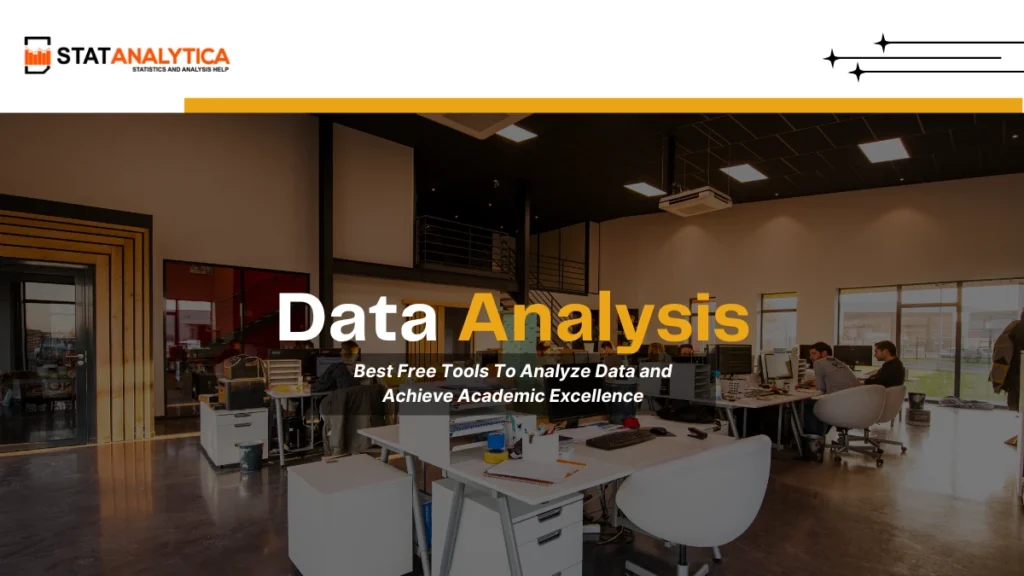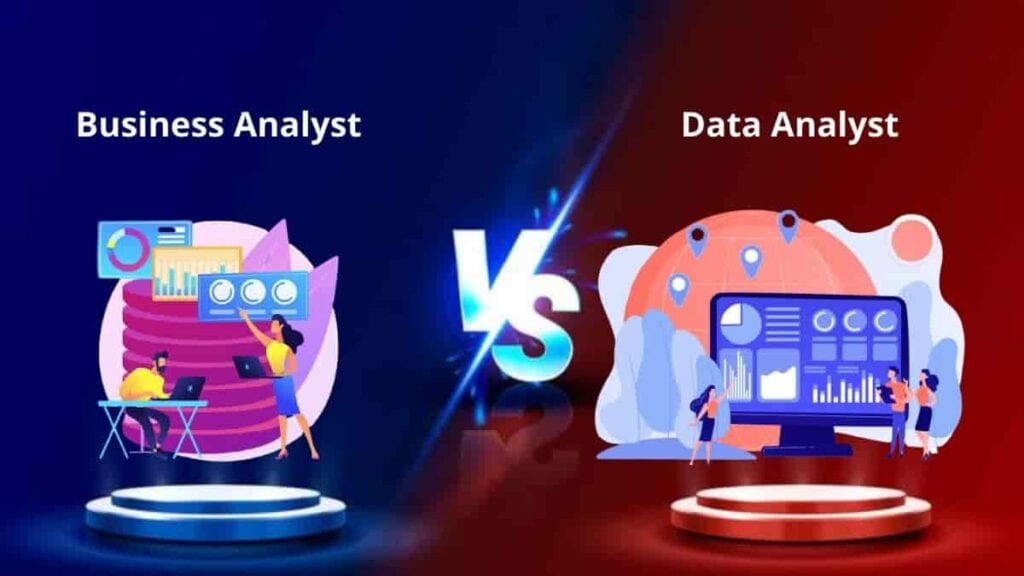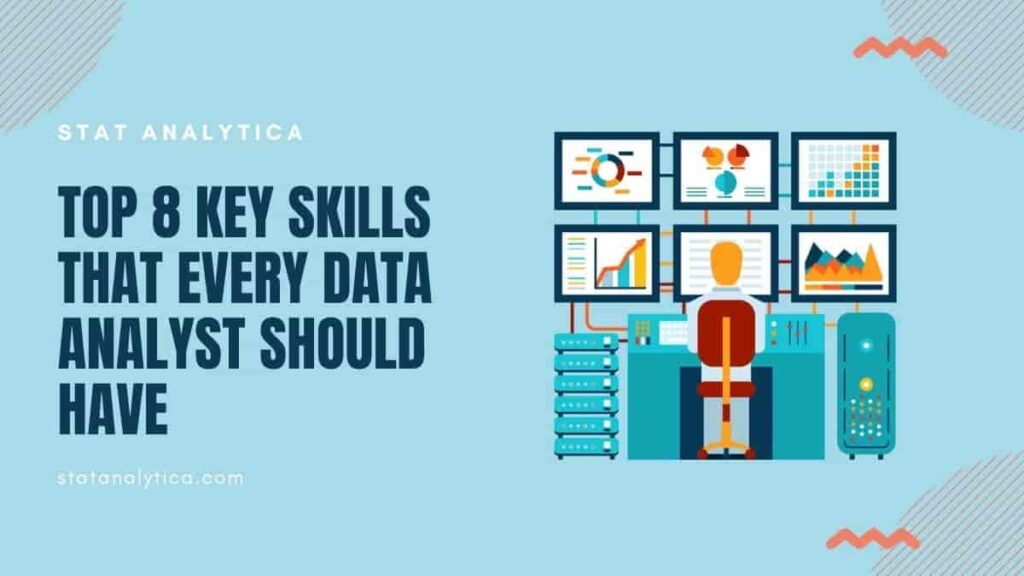The world is drowning in data, and the ability to analyze data effectively is no longer a niche skill—it’s a fundamental superpower for academic excellence and future career success. Whether you’re a high school student tackling a science project or a university researcher crafting a groundbreaking thesis, transforming raw information into powerful insights is the key to unlocking true understanding.
However, advanced data analysis tools often come with hefty price tags, placing a significant barrier in front of eager students and independent learners. The brilliant news? The digital landscape is overflowing with free tools for students to analyze data that are just as robust, intuitive, and capable as their premium counterparts.
This ultimate guide is dedicated to showcasing the most powerful, user-friendly, and absolutely free tools to analyze Data software available today. We’ll explore everything from essential spreadsheets to advanced programming environments, ensuring you have the superior tools to master your coursework, conduct impactful research, and confidently step into the data-driven workforce of tomorrow.
Tools To Analyze Data: The Undeniable Value of Data Analysis Skills for Students
Table of Contents
Before diving into the tools, let’s quickly affirm why mastering data analysis is the most rewarding investment you can make in your education.
- Elevating Academic Performance: Your assignments, reports, and dissertations move from opinion-based to evidence-based. High-quality data analysis provides the empirical backbone for a compelling argument, leading to higher grades and more credible research.
- Boosting Critical Thinking: Engaging with data forces you to ask why, how, and what if. It sharpens your critical thinking by challenging you to identify trends, spot anomalies, and draw logical conclusions.
- Enhancing Employability: Data literacy is a top demand across every industry—from marketing and finance to healthcare and environmental science. Proficiency in free tools for data analysis is a magnetic asset on any student’s resume, making you a highly valuable candidate.
- Fostering Data Storytelling: Analysis is just the first step. These tools empower you to visualize your findings, turning complex datasets into easy-to-understand charts and graphs, effectively communicating your powerful insights to any audience.
Category 1: Spreadsheet and No-Code Powerhouses (The Easiest Start)
The journey into data analysis often begins with the familiar grid of a spreadsheet. These tools are the perfect starting point for beginners and remain essential for cleaning, organizing, and performing initial statistical tests on smaller datasets. They are arguably the best free data analysis software for ease of use.
1. Google Sheets (The Collaborative Champion)
Google Sheets is an absolutely essential and super-convenient tool for any student. It is completely free, runs entirely in your web browser, and offers unparalleled collaborative features, making group projects a breeze.
Key Analysis Features:
- Pivot Tables: A fundamental feature for summarizing and rearranging data to quickly find patterns.
- Advanced Functions: Includes a vast array of statistical functions (AVERAGE, STDEV, CORREL) and conditional formatting to highlight key trends.
- Google Looker Studio Integration: You can easily connect your Sheets data to Google’s free data visualization tool (formerly Data Studio) for creating professional-grade dashboards.
- Accessibility: Accessible from any device, anywhere, ensuring your research data is always at your fingertips.
2. Microsoft Excel (For Students)
While the full desktop version of Excel is paid, most university or school enrollments provide free access to the full Microsoft Office Suite, including Excel, via an Office 365 student license. If you have this license, Excel’s desktop power is a tremendous advantage.
Key Analysis Features:
- Data Analysis ToolPak: An invaluable add-in for complex statistical analysis, including Regression, ANOVA, t-Tests, and Descriptive Statistics.
- Power Query (Get & Transform Data): A powerful built-in tool for cleaning and shaping messy data from multiple sources before analysis.
- Visual Basic for Applications (VBA): Allows you to automate repetitive tasks with custom macros, saving precious study time.
Category 2: Visualization & Business Intelligence (BI) Tools
Once your data is clean, the next critical step is visualization. These tools help you present your analytical findings in a visually stunning and immediately understandable way, making them crucial free tools for students to analyze data for reports and presentations.
3. Tableau Public (The Industry Standard for Visuals)
Tableau is the global leader in data visualization, and their free version, Tableau Public, is an outstanding resource for students. It’s the ultimate way to build a professional portfolio that demonstrates your superior data storytelling skills.
Key Analysis Features:
- Drag-and-Drop Interface: Allows you to create highly complex and interactive charts, maps, and dashboards with incredible ease.
- Advanced Mapping: Automatically recognizes geographic data and provides powerful mapping capabilities.
- Massive Community: Access to a huge library of tutorials and inspirational visualizations created by other users—a brilliant learning resource.
- Learning Curve: Slightly steeper than a spreadsheet, but the visual impact of your reports will be exceptionally rewarding.
4. Google Looker Studio (For Dashboard Dominance)
Google Looker Studio (formerly Data Studio) is a 100% free data analysis tool from Google that specializes in creating dynamic, real-time dashboards and reports. It connects natively to Google Sheets and other Google products, making it seamless for student work.
Key Analysis Features:
- Free Connectors: Connects to hundreds of data sources, not just Google properties.
- Interactive Controls: Add filters, date ranges, and segments to your reports, allowing readers (and professors!) to interact with the powerful insights you’ve uncovered.
- Easy Sharing: Simple to share and embed reports into websites or online assignments.
Category 3: Coding Environments (The Ultimate Power-Up)
For students in computer science, statistics, engineering, or any field requiring advanced statistical modeling, mastering a programming language is paramount. These free data analysis software options are the most robust and versatile in the world.
5. Python with Jupyter Notebooks (The Versatile Genius)
Python is the most popular programming language for data science globally. The combination of Python and Jupyter Notebooks (or Google Colab, a free, cloud-hosted version) provides a magical environment where code, output, and documentation live together.
Key Analysis Libraries (All Free!):
- Pandas: The fundamental library for superior data cleaning, manipulation, and preparation.
- NumPy: Essential for high-performance numerical and scientific computing.
- Matplotlib & Seaborn: Powerful libraries for creating both simple and stunning statistical visualizations.
- Scikit-learn: The go-to library for machine learning, including classification, clustering, and regression modeling.
6. R and RStudio (The Statistical Powerhouse)
R is a programming language specifically designed for statistical computing and graphics. RStudio is the absolutely essential and free Integrated Development Environment (IDE) that makes using R intuitive and enjoyable. R is dominant in academic and research settings, making it an excellent tool for any serious student.
Key Analysis Libraries (The Tidyverse):
- ggplot2: The industry-leading package for creating beautiful and informative data visualizations.
- dplyr: Provides a clean, easy-to-read syntax for data manipulation.
- Tidyr: Simplifies the process of making data “tidy” for easy analysis.
- Focus: While Python is more versatile, R is often considered the superior choice for deep-dive statistical testing and academic publication-quality graphics.
Category 4: Specialized and Scientific Tools
Beyond the mainstream, a few specialized free tools for students to analyze data cater to specific academic needs.
7. GeoGebra (Dynamic Math and Statistics)
While primarily known for geometry, GeoGebra includes a powerful spreadsheet view, a CAS (Computer Algebra System), and a statistics module for doing inferential statistics, probability distributions, and regression analysis—all in a dynamic, visual environment. It is a fantastic resource for high school and early college math courses.
8. PSPP (The Open-Source SPSS Alternative)
For students whose coursework demands the use of a proprietary statistical package like SPSS, PSPP is a free, open-source alternative. It can perform descriptive statistics, T-tests, ANOVA, linear regression, and more. It’s an excellent tool for students in the social sciences, psychology, and education, allowing them to follow lessons without the high cost.
Your Ultimate Data Analysis Toolkit: A Comparison Table
To help you decide which free tools for students to analyze data are right for you, here is a quick comparison of the top choices:
| Tool | Best For | Learning Curve | Key Advantage | Target Student |
| Google Sheets | Quick organization, collaboration, basic analysis | Very Low | Universal access, real-time collaboration | All students, especially in group projects |
| Tableau Public | Powerful data visualization, portfolio building | Medium | Stunning visual data storytelling | Business, Marketing, Comms, Visual Research |
| Python/Jupyter | Advanced statistics, machine learning, data cleaning | High | Maximum versatility and career-readiness | STEM, Computer Science, Economics |
| R/RStudio | Academic statistical modeling and high-quality graphics | High | Superior depth in statistical analysis | Statistics, Psychology, Advanced Research |
| Google Looker Studio | Creating interactive dashboards | Low-Medium | Free, dynamic, shareable reports | Business, Digital Marketing, Data Reporting |
The Next Step to Achieving Data Mastery
The sheer volume of free tools for students to analyze data available today means that cost is no longer an excuse. The tools listed here are not just placeholders; they are the best-in-class software used by professionals and academics worldwide.
Your journey to becoming a data-driven decision-maker starts now. Pick one of the easy-to-use spreadsheet tools to start, then challenge yourself to move to a visualization platform like Tableau Public, or dive into the deep end with Python or R. Every hour invested in learning these superior tools will yield unbelievable returns in your academic life and beyond.
Also Read: Unlocking the Future: AI Vs Data Science: Why You Need Both
I’m a complete beginner. Which free data analysis tool should I start with?
You should absolutely begin with Google Sheets. It has the lowest learning curve and is already familiar to most students. It offers foundational skills like data cleaning, sorting, and pivot tables, which are essential building blocks for more advanced analysis. Once you’re comfortable, the transition to other free tools for students to analyze data, like Google Looker Studio, will be much smoother.
Are these free tools powerful enough for university-level research?
Absolutely, yes. Tools like Python (with its open-source libraries like Pandas and Scikit-learn) and R (with its comprehensive statistical packages) are the foundational free data analysis software used by researchers and data scientists in top universities and major corporations globally. These tools are capable of handling extremely large datasets and performing highly complex modeling, making them powerful enough for virtually any research project.
Where can I find high-quality, free datasets to practice my data analysis skills?
A fantastic resource for finding free datasets for practice is the Kaggle platform. Kaggle hosts hundreds of real-world datasets—from global COVID statistics to movie reviews—that are perfect for practicing with your free tools for students to analyze data. They also host competitions and tutorials, which are a brilliant way to learn and benchmark your skills. You can explore their extensive dataset collection and community competitions right here.


